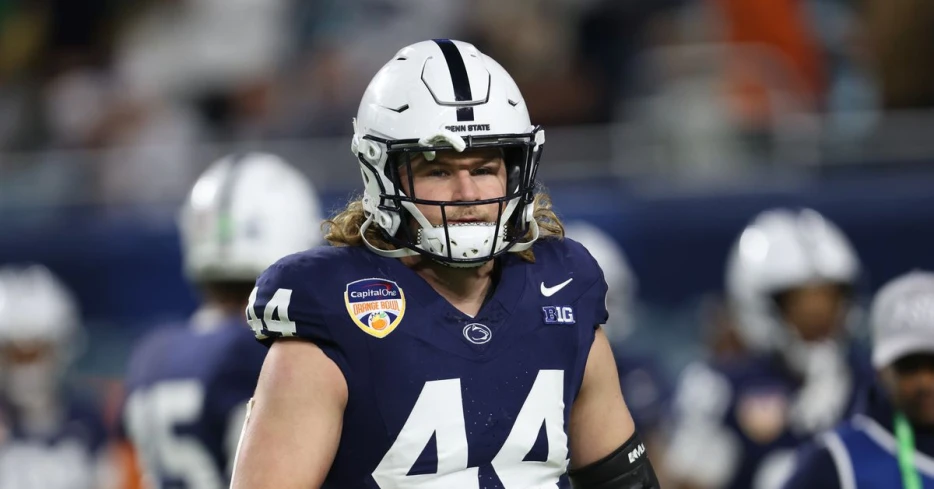
 Blogging The Boys
Blogging The Boys
Do you want to see the Cowboys draft a tight end? If so... where?
The NFL, and more importantly, the Dallas Cowboys, enter full draft mode as we are in April. We continue our top positional series and this time look at the top tight ends in the draft, describing their best and worst attribute and the reasons why.
Best - Versatility
Standing at 6’6” and weighing just under 260 pounds, Warren possesses all the physical attributes to excel in multiple roles within an NFL offense. Warren has demonstrated the ability to line up as an in-line tight end, H-back, slot receiver, and even as a Wildcat quarterback thanks to his background. This perfectly showcases his diverse skill set and he does it all at a very high level. His background as a former high school quarterback enhances his football IQ, allowing him to diagnose coverages pre-snap and exploit defensive weaknesses effectively. This adaptability makes him a dynamic weapon capable of impacting various facets of the game.
Worst - Route Running
Warren’s biggest weakness is his inconsistency in his route-running and separation skills which he is still developing. While his physical tools and versatility are elite, his tape shows he sometimes struggles with crisp, precise route patterns, which can affect his timing and ability to create space against top-tier defenders. Improving this aspect would help him maximize his potential as a receiving threat at the next level.
Best - Receiving Skills
Loveland has an exceptional ability as a receiver. He has a rare combination of size, agility, and soft hands that can be relied upon in high pressure situations. His precise route-running and knack for adjusting mid-air allow him to secure contested catches and create separation against defenders, making him a true matchup nightmare in the passing game.
Worst - Blocking
While Loveland is an elite receiver with tremendous catching skills and route-running, his technique in run blocking and pass protection is less refined. He sometimes struggles to sustain blocks and against stronger, more physical defenders this weakness is magnified. This will limit his effectiveness in some offensive schemes that require tight ends to contribute significantly in the run game.
Best - Route Running
Despite playing at a smaller school, Fannin has proven he can create separation and consistently get open in tight coverage. His precise, crisp breaks and savvy use of body positioning allow him to consistently beat defenders and become a dominant receiving threat, even in contested situations. His 2024 season was truly eye-popping and doesn’t get the credit he deserves.
Worst - Strength
Fannin’s biggest weakness is his limited size and play strength, which seriously impact his effectiveness as an in-line blocker. While he excels in route running and receiving, he struggles to consistently win against larger, more physical defenders in press coverage or in power blocking situations. This limitation means he’s better suited to roles that emphasize his receiving...